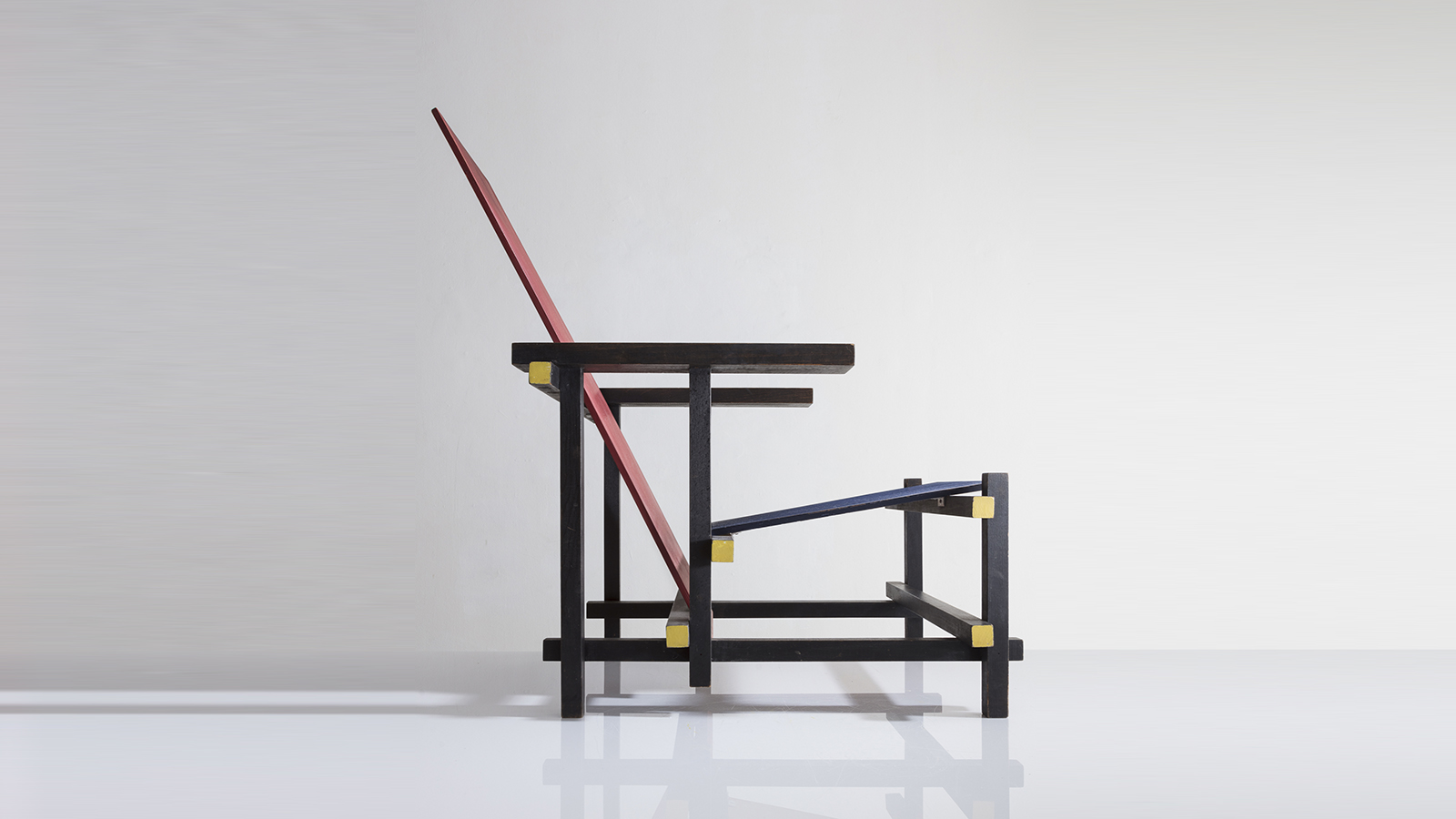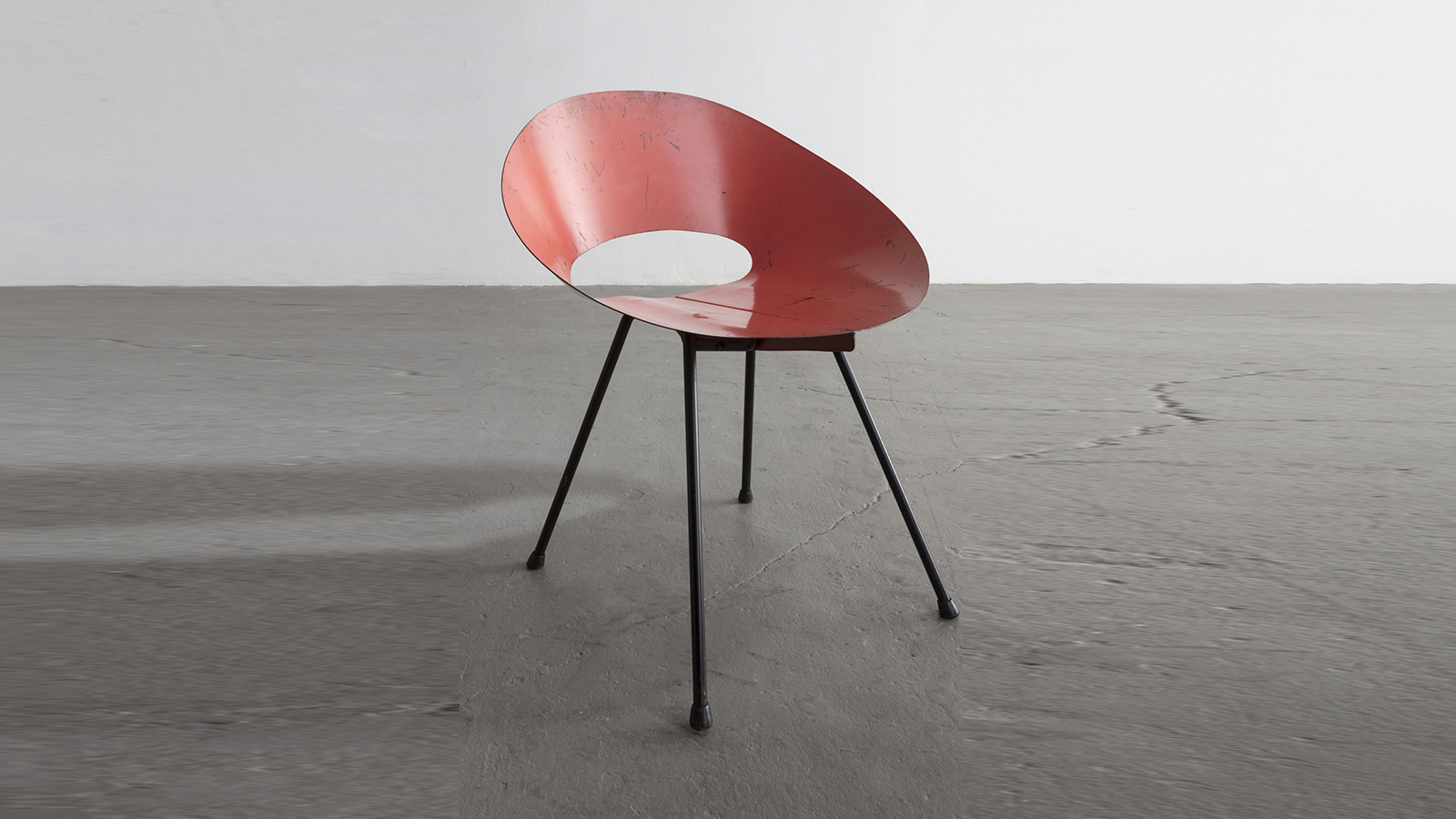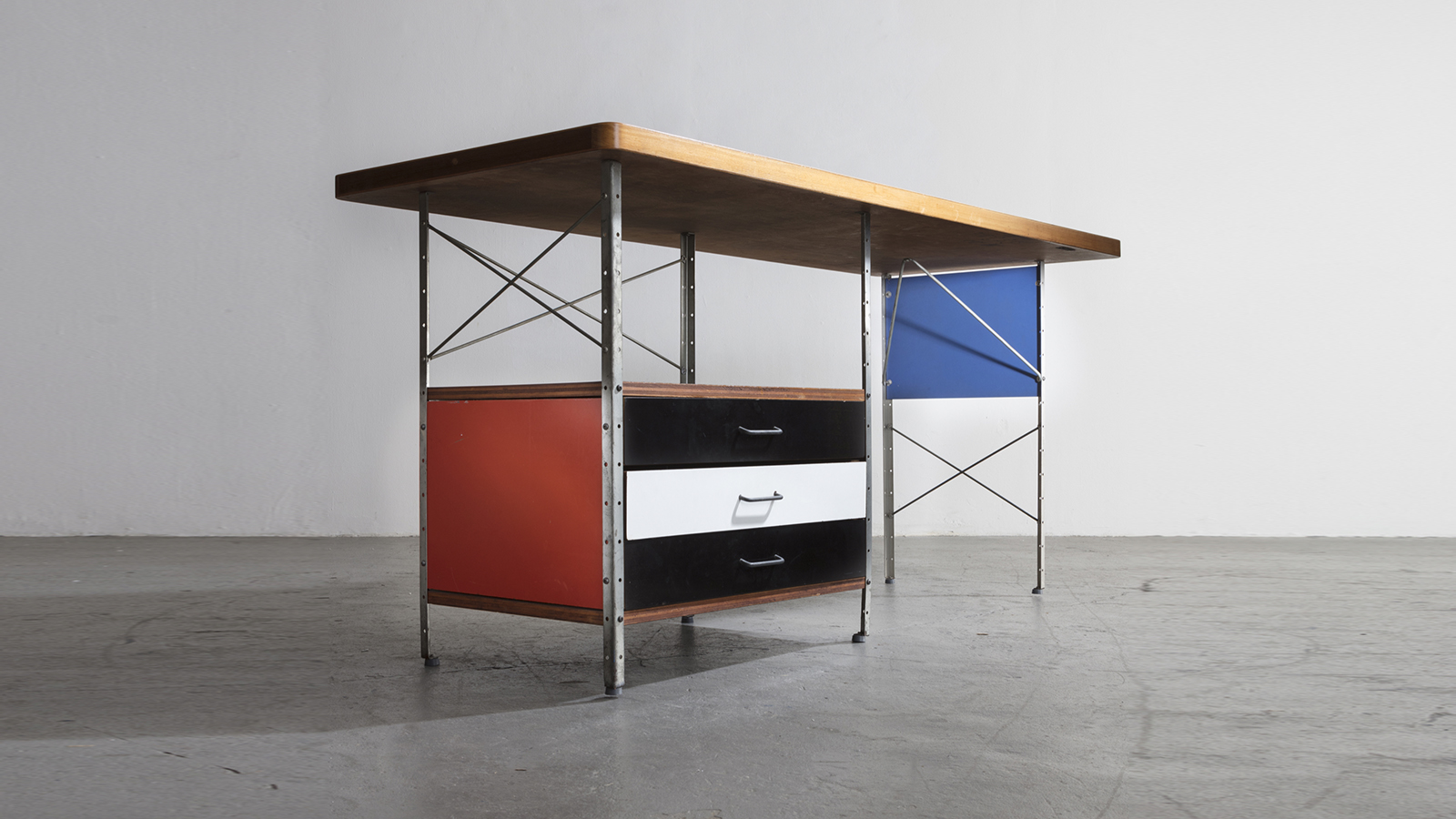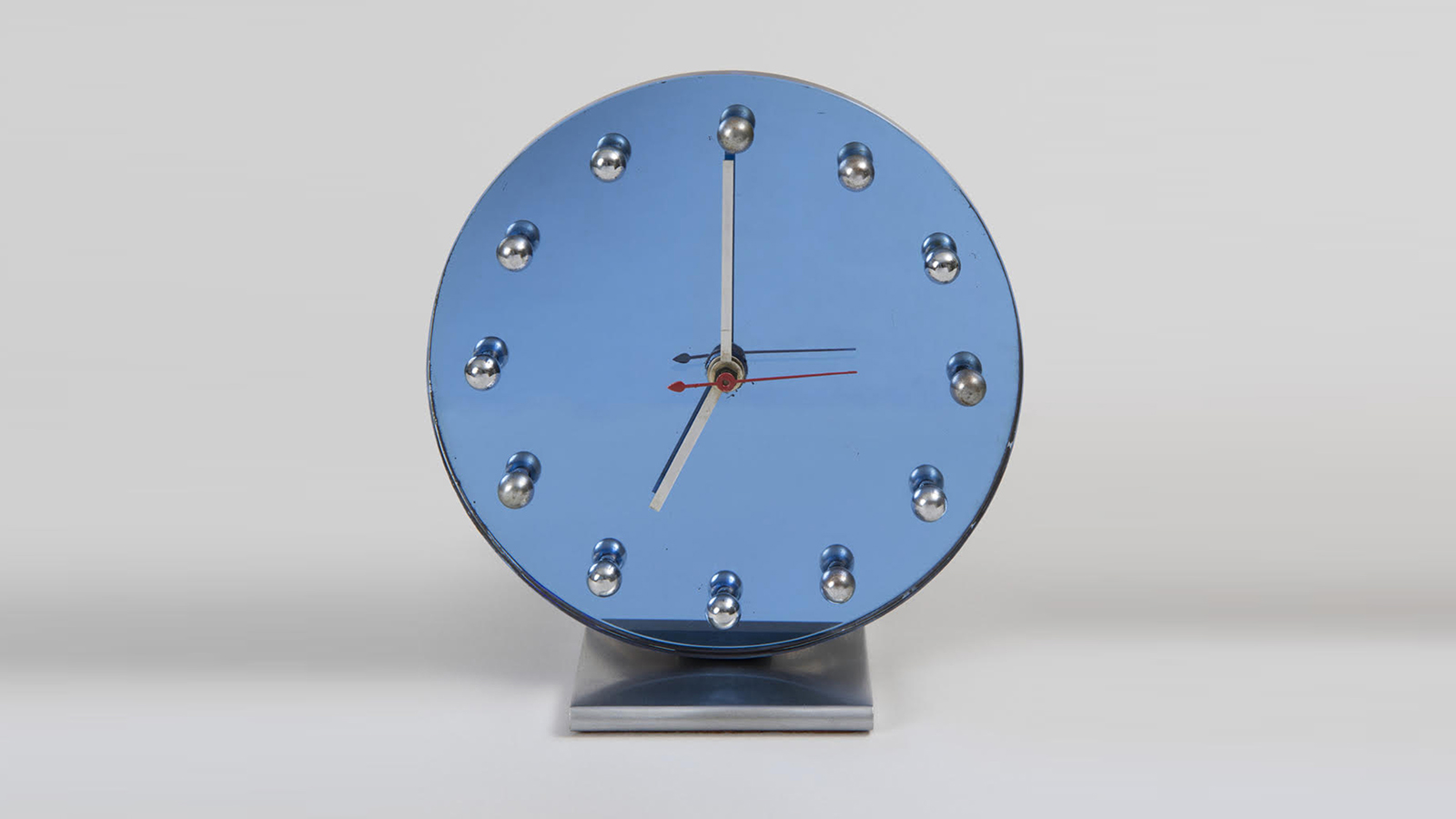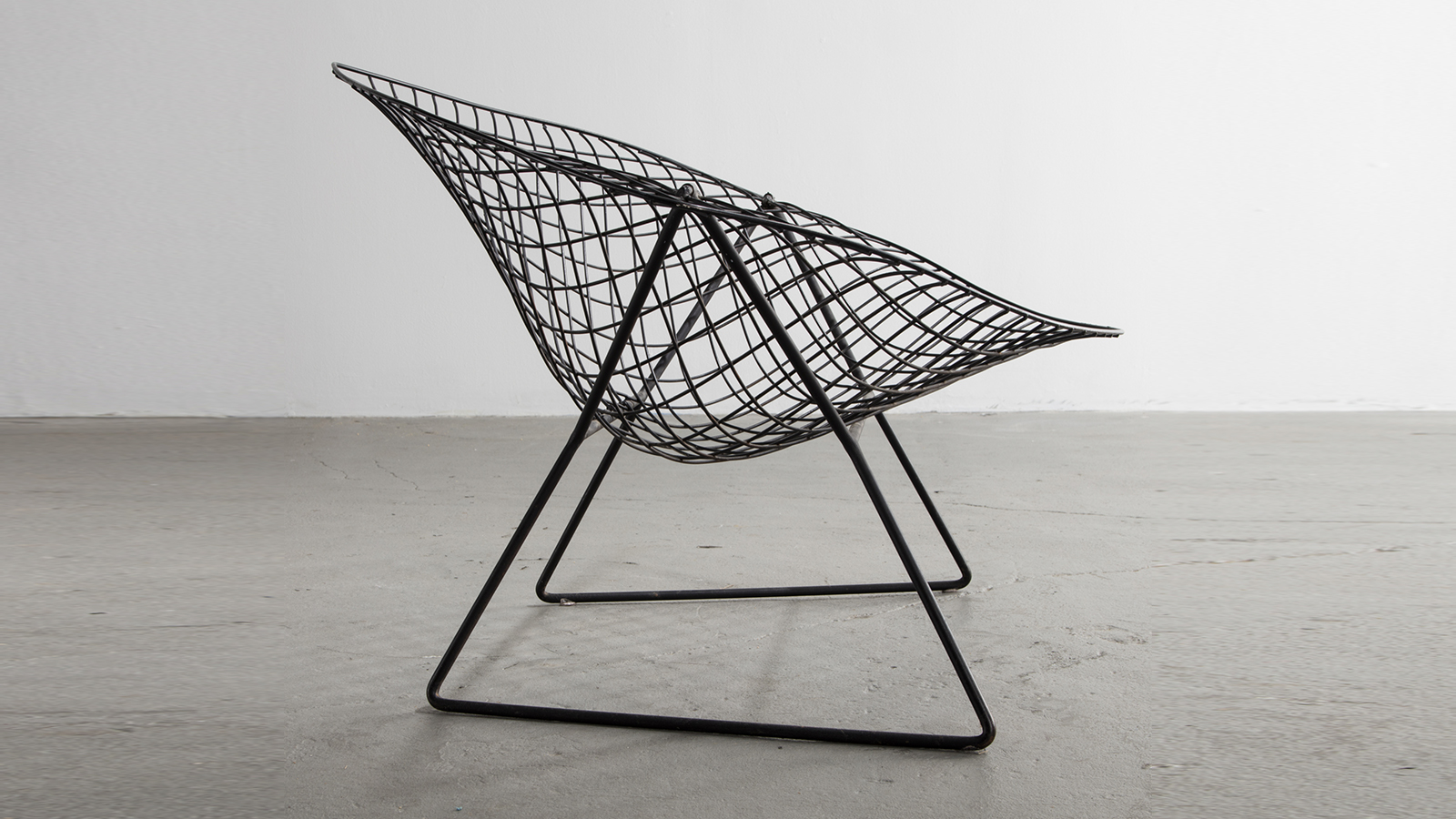Modern In Your Life: The Good Design Phenomenon 1934-1959
6 November - 3 January 2019
64 White Street
R & Company presents, Modern in Your Life: The Good Design Phenomenon 1934-1959, an exhibition exploring the historical significance and reverberations of “Good Design” in mid-century American museums, featuring the iconic and everyday examples of design celebrated for progressive ideals, function, and as objects of taste. In collaboration with R & Company’s Library & Archives, we present a selection of modern design and complementary collections of printed ephemera first seen in the various outlets of the Good Design phenomenon, ranging from the Museum of Modern Art, the Merchandise Mart in Chicago to the pages of Everyday Art Quarterly and likeminded exhibitions across America. Modern in Your Life: The Good Design Phenomenon 1934-1959 opens November 6th and takes place on the Lower Gallery of 64 White Street.
The exhibition surveys the ways in which MoMA’s outsize international role in classifying and promoting select works of furniture and objects as “modern design” were explored in exhibitions: from Philip Johnson’s 1934 “Machine Art” exhibition through Edgar Kaufmann, Jr.’s annual institutionalized trade shows of “Good Design” in the early 1950s. When the Museum of Modern Art published its first catalogue devoted exclusively to its permanent collection of 20th Century Design in 1959, Arthur Drexler noted that the museum was “still the only institution to include a curatorial department devoted to architecture and design.” Of course, the question “what is good design?” dates back to intellectual discourse which accompanied the rise of modern industry, from Henry Cole’s 1852 exhibition “False Principles in Design” at the Museum of Ornamental Art in London, to the “industrial arts” exhibitions which took place at institutions including The Metropolitan Museum of Art in the 1920s.
Drexler’s first catalogue and exhibition of the Design Collection at MoMA in 1959 illustrated 132 of the approximately 850 examples accessioned over the preceding decades. By this time, there was already a collector’s market established for the earliest and most iconic works, from Henry Van de Velde to Gerrit Rietveld, which enjoyed even broader prestige and value through their inclusion in the permanent collection. The exhibition at R & Company features many examples of these pieces, such as Rietveld’s Red-Blue chair. “Our Red-Blue chair dates to the early 1950s, when Philip Johnson donated an example from his personal collection to MoMA on the occasion of the De Stijl show which he organized,” states James Zemaitis, Director of Museum Relations and organizer of the exhibition.
Other furniture highlights include designs by Charles Eames and Eero Saarinen which were prize-winners in the 1941 Organic Design Competition at MoMA; “Rudder” forms by Isamu Noguchi; chairs by Donald Knorr, Greta Magnusson Grossman, Pipsan Saarinen Swanson, Gio Ponti and Finn Juhl; and lighting by Grossman, Lester Geis, Kurt Versen, Walter Von Nessen, and Marion Geller.
An equally important aspect of MoMA’s mission was the curatorial choice to display everyday objects–laboratory glass, cooking pots, flatware, garden tools, kitchen appliances–which fit their definitions of “Useful Objects” and “Good Design.” In comparison, only a handful of these pieces acquired by the museum, usually as gifts from their manufacturers, have gained value on the secondary market. This has resulted in a corresponding lack of exposure in the 21st Century museum, gallery, and auction house landscape. “In juxtaposition with the iconic and valuable furniture featured in the exhibition,” notes Zemaitis, “we have hunted down multiple midcentury ‘useful forms’ to demonstrate how easy and affordable it is for young collectors to build a museum- quality group of designs, whether it is an Olivetti typewriter or a Russel Wright dinner service.”
From priceless and rare chairs that won first prizes in MoMA’s various competitions organized by Eliot Noyes and Edgar Kaufmann, Jr. to featured everyday household objects, the exhibition’s goal is to survey and celebrate both the sacred and the profane, the classic and the obscure that were lauded as good design in mid-century America.
Modern in Your Life: The “Good Design” Phenomenon 1934-1959 is on view from November 6 until December 21 at R & Company’s 64 White Street locations and runs concurrently with the exhibition New Works by Jeff Zimmerman.
